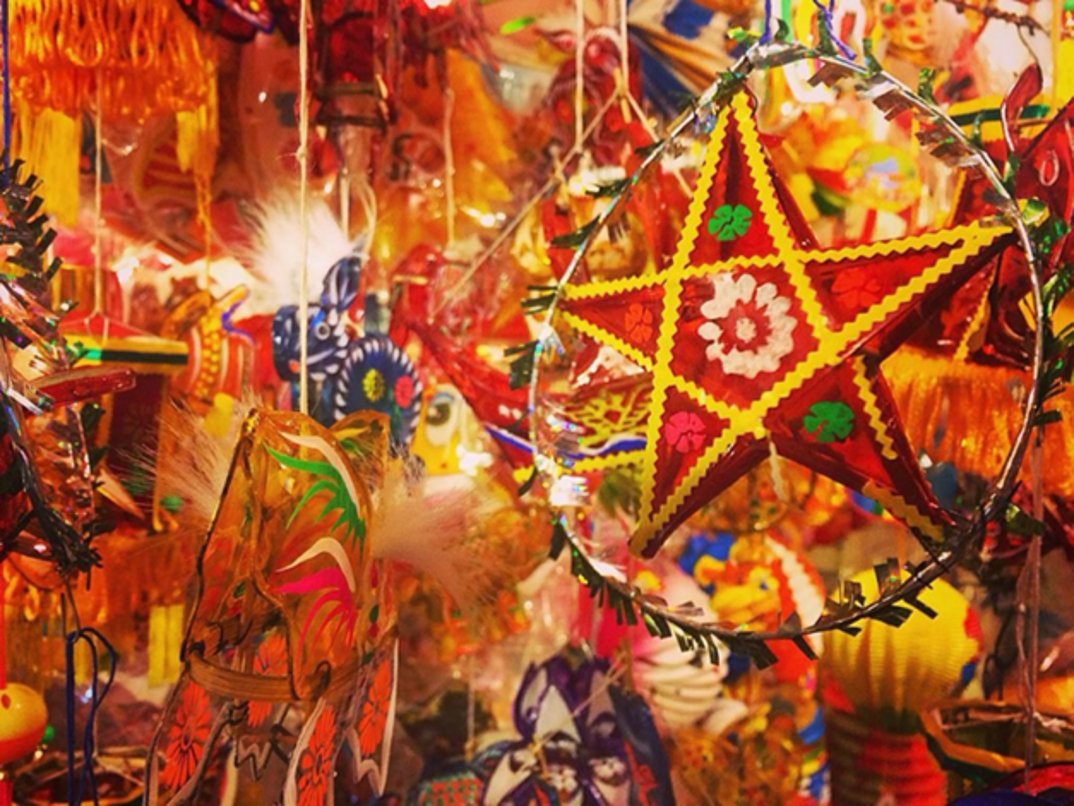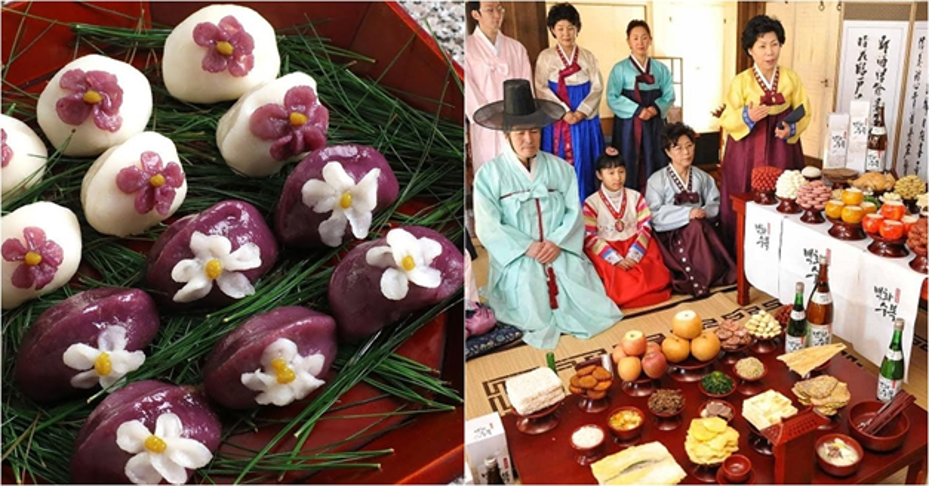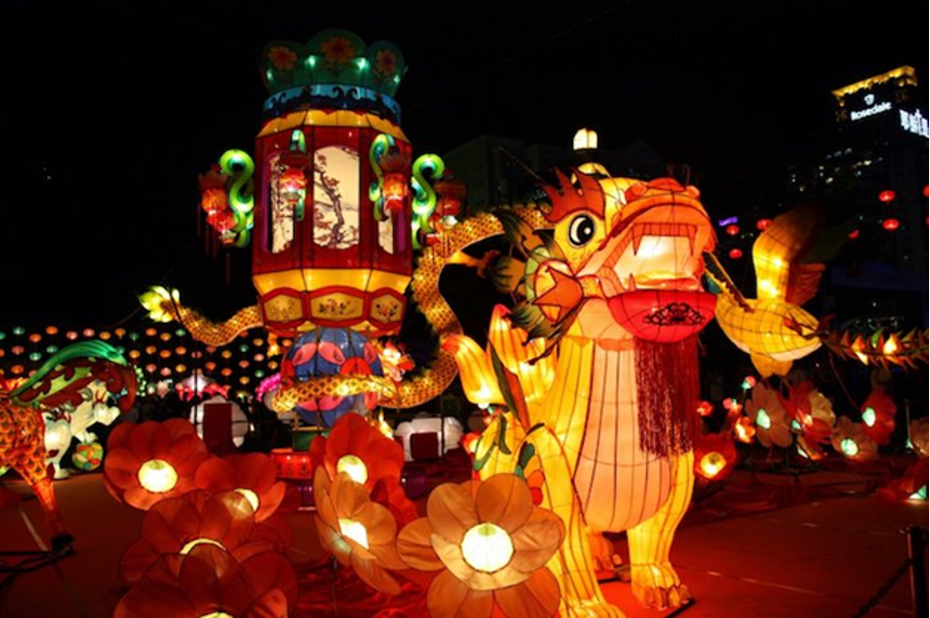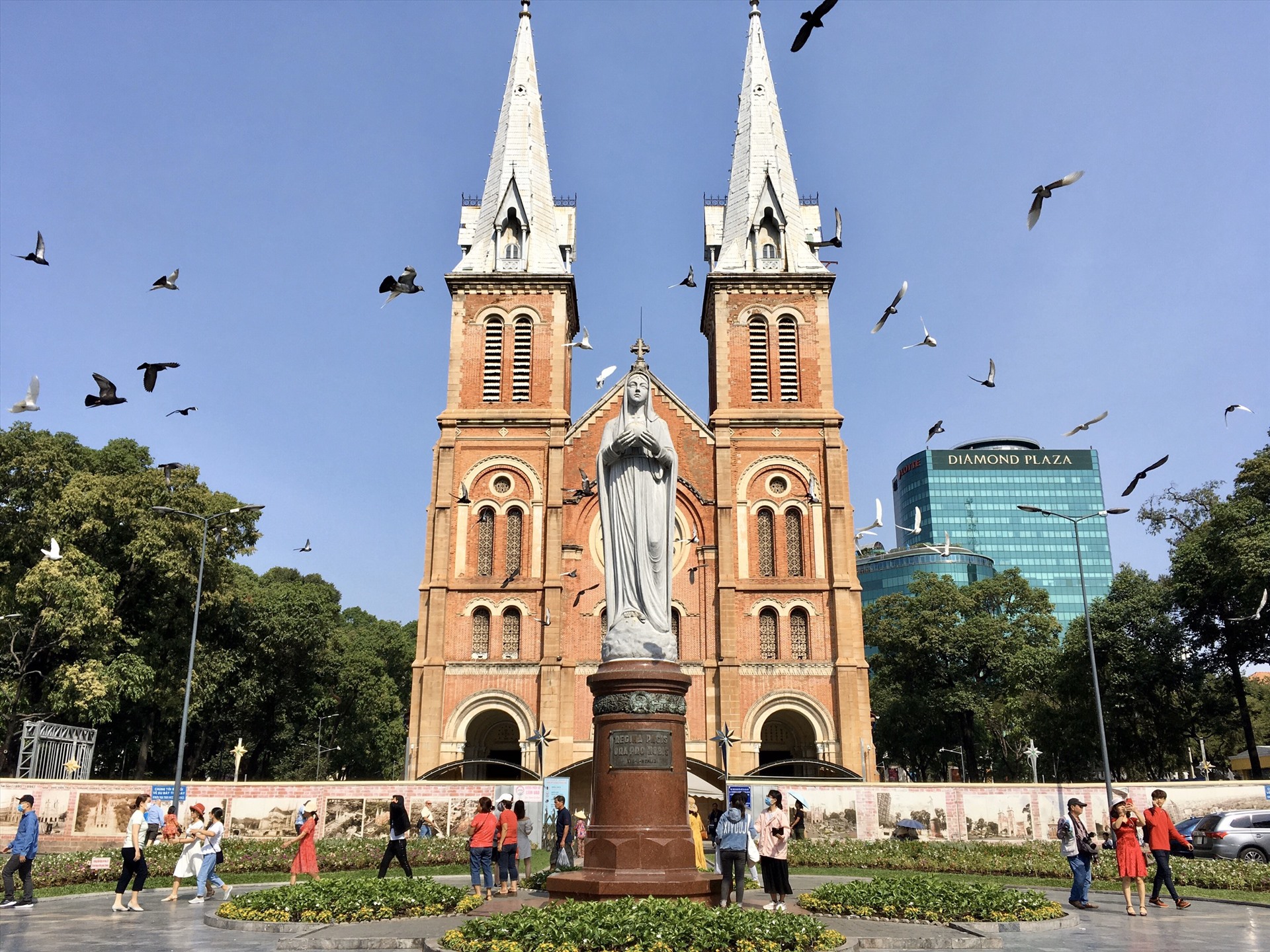Mid-Autumn festival: Discover its origins, meaning, and traditions in Vietnam
Date: 2025.10.02
Origins and meaning
The Mid-Autumn Festival, celebrated on the 15th day of the 8th lunar month (October 6, 2025, in the Gregorian calendar), is also known as the “Full Moon Festival” or the “Festival of Reunion.” It is a meaningful holiday for children in many East and Southeast Asian countries such as Vietnam, China, and Japan. In the lead-up to this day, children eagerly await the chance to enjoy the festivities with star-shaped lanterns, masks, spinning lanterns, and other traditional toys.
The festival is believed to have originated from Chinese culture, associated with legends such as Chang’e and Hou Yi, Emperor Tang Ming Huang’s journey to the moon, and Vietnam’s folk tale of Cuội beneath the banyan tree. Over time, the festival has become deeply rooted in Vietnamese culture, taking on its own distinct traditions.
According to ancient beliefs, the full moon on the 15th day of the 8th lunar month is the brightest and roundest of the year, symbolizing reunion and completeness. The Mid-Autumn Festival therefore carries three main meanings:
☼ Family Reunion: children and grandchildren gathering with parents and grandparents.
☼ Thanksgiving for Harvests: offering gratitude for favorable weather and bountiful crops.
☼ Joy of Childhood: children carrying lanterns, enjoying mooncake feasts, and playing folk games.


Legends of the Mid-Autumn Festival
While the exact origins remain unclear, three well-known legends are often associated with the Mid-Autumn Festival:
► Chang’e and Hou Yi (China): the story of the moon goddess who flew to the moon.
► The Legend of Cuội (Vietnam): about the banyan tree and Cuội sitting on the moon, sparking children’s imagination.
► Tang Ming Huang (China): the Tang dynasty emperor’s mystical journey to the moon. Upon returning, he declared the 15th day of the 8th lunar month as a day of festivities—drinking wine, carrying lanterns, and moon-gazing—marking the festival as a tradition.
۞ Archaeological evidence shows Mid-Autumn symbols engraved on the Ngoc Lu bronze drum. Ancient Chinese records suggest the festival originated during the Spring and Autumn period, linked to rice-growing civilizations in the Yangtze River Delta and Vietnam’s Red River Delta. It was likely a harvest celebration where farmers rested and enjoyed post-season festivities.
Traditional activities in Vietnam
On this day, families prepare offerings and gather to watch the moon. Children sing, dance, and share treats under the bright full moon. Festive trays include puffed rice, candies, fruits, and mooncakes. In many places, lion, dragon, and unicorn dances add to the excitement. In Chinese communities worldwide, fireworks are also set off during the celebrations.
♥ For families:
Gatherings of multiple generations to share stories and memories.
Moon-viewing with tea and mooncakes.
Giving mooncakes to relatives, friends, and colleagues as a gesture of respect and affection.
♥ For children:
Lantern parades with star lanterns, carp lanterns, and spinning lanterns through villages while singing songs.
Mooncake feasts featuring fruits (pomelo, persimmons, custard apples, bananas), green rice flakes, candies, and more.
Watching lion, unicorn, and dragon dances—believed to bring joy and drive away evil spirits.
Iconic Symbols of the Mid-Autumn Festival
Mooncakes: baked or sticky-rice varieties, symbolizing fullness and prosperity.
Lanterns: star-shaped or carp lanterns, representing light, faith, and hope.
The Full Moon: the eternal symbol of reunion and completeness.
Popular Mid-Autumn activities in Vietnam
🎶 Lantern processions: children carry colorful lanterns while singing, creating cherished childhood memories.
🎶 Mooncake feasts: trays of fruit, mooncakes, and a pomelo “dog” centerpiece, recalling the legend of Cuội.
🎶 Handmade toys: traditional masks, drums, star lanterns, tò he figurines, pinwheels—now often replaced with plastic versions.
🎶 Mooncake making: baked or sticky rice cakes filled with mung bean, lotus seed, coconut, or candied fruit—symbols of family love and togetherness.
🎶 Moon-gazing: families decorate with lanterns and gather outdoors to admire the brightest full moon of the year.
🎶 Trống Quân singing: lively call-and-response folk songs accompanied by drums.
🎶 Lion and dragon dances: energetic performances in village squares and schoolyards to bring luck and prosperity.
🎶 Gift giving: exchanging mooncakes, fruits, lanterns, and sweets as tokens of affection, gratitude, and community bonding.
Mid-Autumn Festival in other countries
Across different countries, the Mid-Autumn Festival is associated with moon-gazing, honoring ancestors, offering good wishes, and children’s festivities. However, each nation has its own traditional cakes, customs, and symbols.
In Japan, the festival is known as Otsukimi – the Moon Viewing Festival. The Japanese display Tsukimi Dango rice cakes arranged in triangular stacks, place pampas grass (susuki), and admire the full moon. Children carry carp-shaped lanterns, a symbol of bravery. The celebration is also linked to the legend of the Jade Rabbit.

Korea (Chuseok): A three-day festival of family reunions. Families offer newly harvested crops to ancestors and wear traditional hanbok. The signature treat is Songpyeon, colorful half-moon-shaped rice cakes.

Thailand: Known as the “Moon Worship Festival,” celebrated on the 15th day of the 8th lunar month. Families worship Guanyin and the Eight Immortals. Peach-shaped mooncakes and pomelo symbolize sweetness and unity.
Malaysia: Streets are filled with mooncakes for sale, lantern displays, lion dances, and cultural performances.
China: Linked with the legends of Chang’e and the Jade Rabbit. Traditional mooncakes vary by region, while lantern displays, parades, dragon dances, and lion dances are widely held.
In China, dragon dances are common, while in Vietnam, lion and unicorn dances are the highlight.

✨The Mid-Autumn Festival is a time for children to play, families to reunite, and communities to strengthen bonds. The radiant full moon of the 15th night is not only a gift of nature but also a sacred symbol of unity and happiness.






